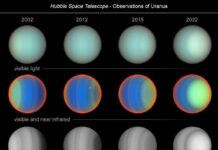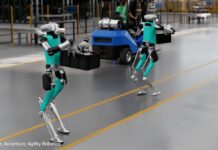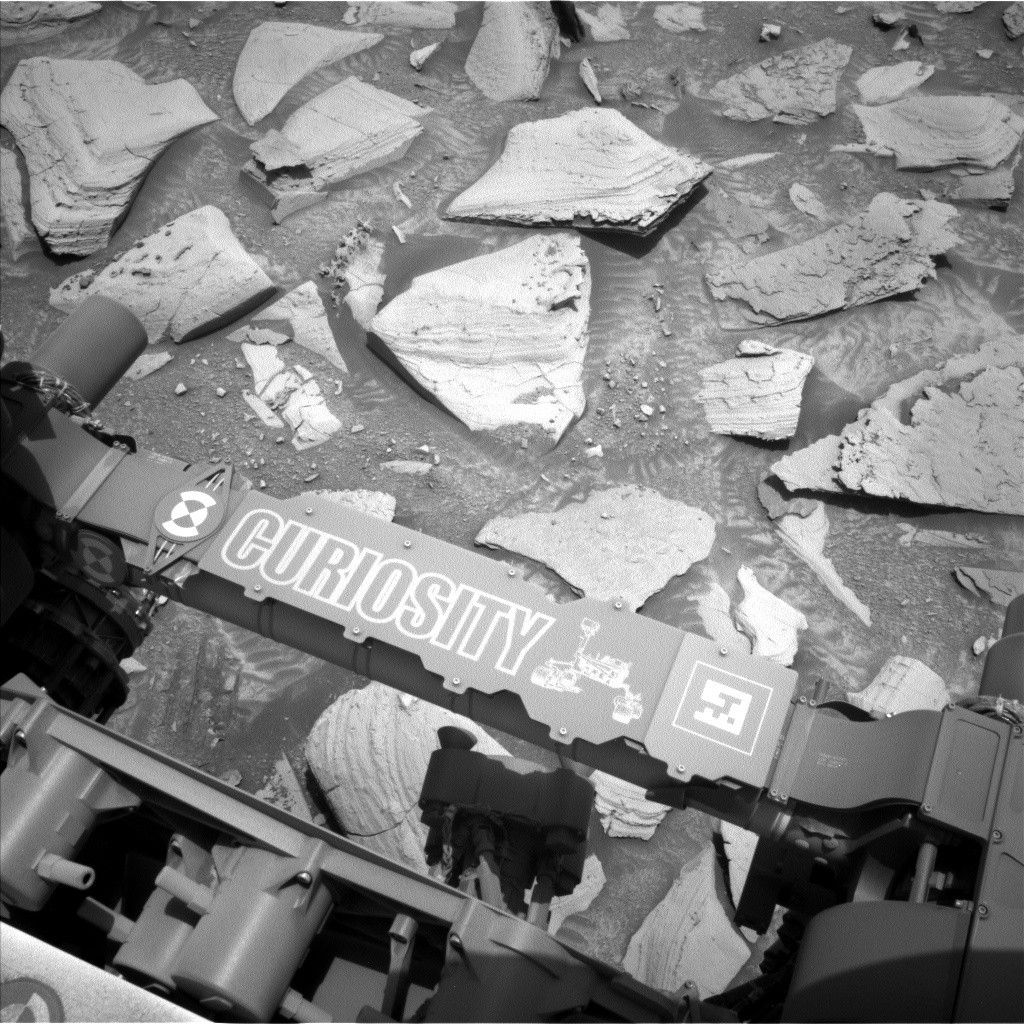Investigating Martian Surface Features: An In-Depth Exploration
In our ongoing exploration of Mars, we have identified two intriguing targets for a detailed scientific study. Our primary goal is to gain deeper insights into the Martian surface, particularly focusing on the geological features that could help answer vital questions about the planet’s history and formation. The first area of interest is a feature we’ve named "Buttermilk," which is characterized by slender, raised ridges linked with surface cracks. These formations are particularly fascinating as they offer clues about the geological processes that shaped Mars.
To thoroughly investigate "Buttermilk," we will be utilizing the Alpha Particle X-ray Spectrometer (APXS), a sophisticated instrument capable of analyzing the chemical composition of Martian rocks and soil. We plan to take readings at three distinct points across this feature to get a comprehensive understanding of its chemical makeup. This will help us decipher the processes that may have led to the formation of such ridges, providing a clearer picture of the planet’s geological history.
Our second target, named "Lee Vining," presents an exceptional opportunity to study Martian fractures in three dimensions. By capturing detailed images using the Mars Hand Lens Imager (MAHLI), we can observe both sides of a rock formation near the rover, offering insights into the geometry and structure of these fractures. Such observations are crucial as they help us understand the forces and environmental conditions that caused these cracks to form.
Complementing these efforts, the Chemistry and Camera (ChemCam) instrument will play a critical role in our analysis. It will conduct a Laser-Induced Breakdown Spectroscopy (LIBS) examination on a fracture fill named "Crater Crest." This technique involves firing a laser at the target to generate a plasma, which is then analyzed to determine its elemental composition. Additionally, ChemCam will observe a dark-toned, plate-like rock dubbed "Lost Arrow," further enriching our understanding of Martian mineralogy.
The Mast Camera (Mastcam) will also contribute to our research by capturing imagery of several polygonally fractured rocks located farther from our rover. These images, part of a series we’ve named "The Dardanelles" mosaics, will provide a broader context for understanding the distribution and formation of these fractures across the Martian landscape.
To round out our scientific exploration, we are also conducting some environmental science observations. These will help us gather data on the current atmospheric and surface conditions, which are vital for interpreting our geological findings.
Following the completion of these activities, our rover will embark on a journey approximately 25 meters (about 82 feet) to the southwest. This movement will position us for further explorations and ensure we continue to gather valuable information about the Martian surface.
Understanding the Instruments and Their Importance
For those unfamiliar with the technical jargon, let’s break down the instruments and techniques used in our study.
- Alpha Particle X-ray Spectrometer (APXS): This instrument is designed to measure the chemical elements present in rocks and soil on Mars. By bombarding a target with alpha particles and X-rays, it can identify the elements based on the energy levels they emit.
- Mars Hand Lens Imager (MAHLI): MAHLI is akin to a high-resolution camera with a macro lens, capable of taking close-up images of rocks and soil. This allows scientists to examine the fine details of geological features.
- Chemistry and Camera (ChemCam): ChemCam is equipped with a laser that can vaporize a small portion of rock or soil. The resulting plasma is analyzed to determine the elemental composition, providing insights into the material’s makeup.
- Mast Camera (Mastcam): Mastcam captures high-resolution images and videos of the Martian terrain. These visuals are crucial for both scientific analysis and navigation on Mars.
These tools are instrumental in unraveling Mars’ mysteries, offering valuable data that contribute to our understanding of the planet’s past and its potential to support life.
Contextual Insights and Broader Implications
Our investigation into Martian geological features is not just about understanding Mars itself; it also has broader implications for planetary science. By studying these formations, scientists can draw parallels between the geological processes on Mars and those on Earth. This comparative planetology helps us appreciate the diversity and complexity of planetary bodies within our solar system.
Moreover, these explorations are setting the stage for future manned missions to Mars. Understanding the planet’s geology and environmental conditions is crucial for ensuring the safety and success of human explorers. By building a detailed picture of Mars, we are paving the way for humanity’s next giant leap in space exploration.
Conclusion
As we continue to explore Mars, each new discovery adds to our collective knowledge and brings us one step closer to answering some of the most profound questions about our neighboring planet. The study of "Buttermilk" and "Lee Vining" is just one part of a larger effort to unlock the secrets of Mars, and with each passing day, we become more equipped to meet the challenges of interplanetary exploration.
For more detailed updates and findings from our Martian missions, you can follow our progress on our official website NASA Mars Exploration.
For more Information, Refer to this article.


































